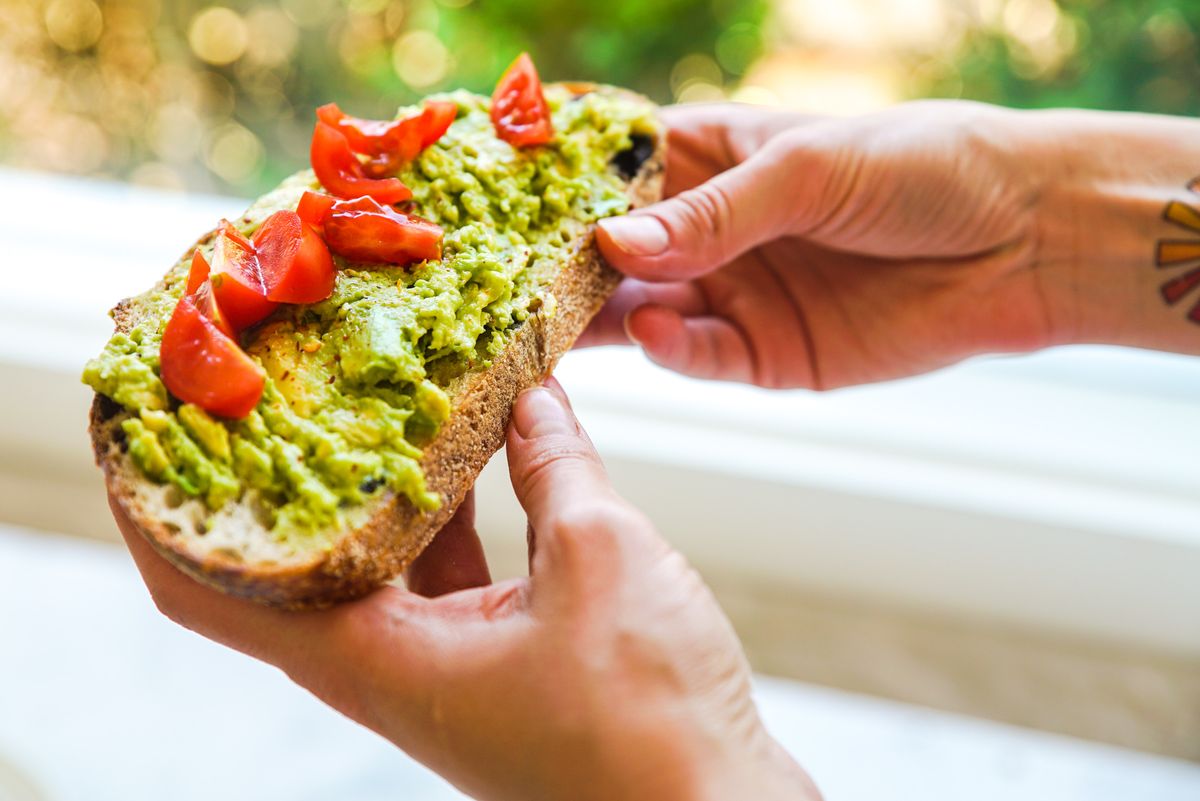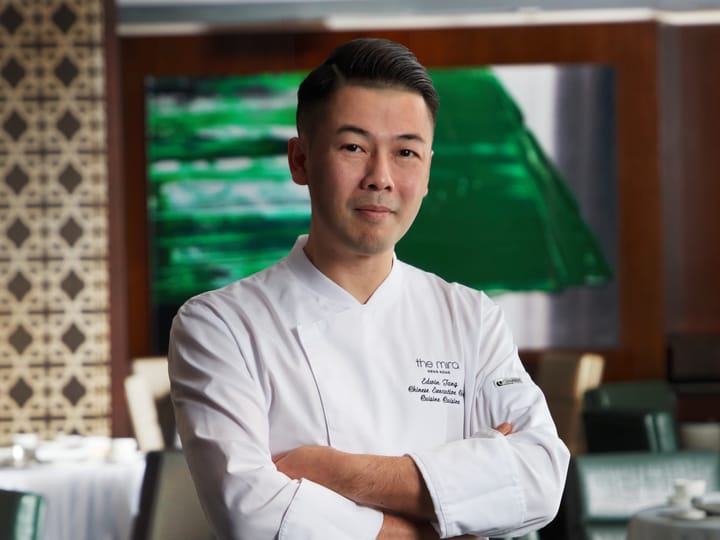The latest Chinese social media trend is … “lunch of suffering” aka “white people food”
Social media is a great place to engage in cultural exchanges with people who are different from you.

A few minutes every morning is all you need.
Stay up to date on the world's Headlines and Human Stories. It's fun, it's factual, it's fluff-free.
Social media is a great place to engage in cultural exchanges with people who are different from you. And yes, sometimes those exchanges include playful teasing about holidays, traditions and even food. Recently, a certain type of food has totally taken over Chinese social media – so-called “báirén fàn” or “white people food.”
Social networks like Weibo and Xiaohongshu have been full of posts from teens and young adult office workers featuring photos of basic sandwiches and other “under-seasoned” meals and snacks that they associate with white people in other parts of the world. Usually, these photos are accompanied by reviews, most of which aren’t super positive.
"The point of the white people's meal is to learn what it feels like to be dead, but I've taken two bites, and it was so bad it made me realize how alive I am," said one Weibo poster after eating plain crackers, cheese and ham.
The phrase “lunch of suffering” has also caught on with this trend after another person used the term to describe some of the “white people foods” they’d tried on Baidu. In this review, the poster explains: “This is the purpose of the white meal universe, eat whatever you have. For them: eating is not to enjoy food, but to extend life.”
On the other hand, some on social media seem to be big supporters of “white people food,” saying it’s easier to prepare than traditional Chinese meals and gives them more time to focus on work.

The trend seems to be mostly playful. Even on Western social media, it’s a widely shared sentiment that white people sometimes don’t know how to season food. A regular joke that’s made on platforms like Twitter is that Europeans conquered a lot of the world in search of spices and then didn’t really figure out how to use any of them.

“Most Chinese use it as a [form of] self-irony, without any bad intent or the awareness of racial sensitivity in the US,” current affairs commentator Hong Guangyu, who studies social media trends, told the Washington Post.
Of course, different cultural identities have different culinary tastes. The trend isn’t necessarily about a specific ethnic group or nationality but more about what it looks like some people might eat in certain Western contexts. So this entire trend should probably be taken with a grain of salt (plus some other spices, please).






Comments ()